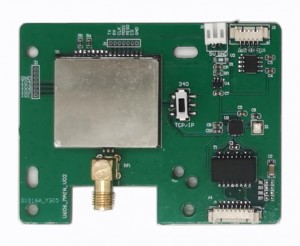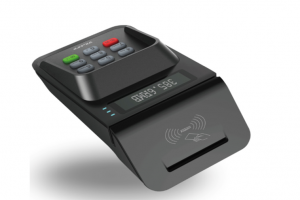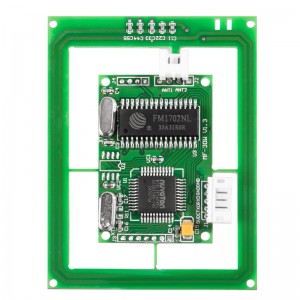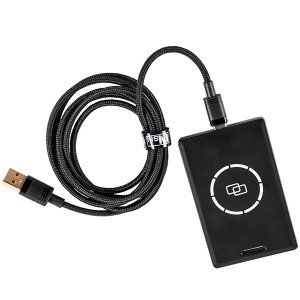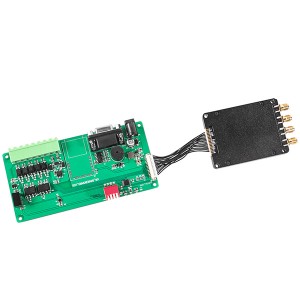Introduction to CPU Card Knowledge Tutorial - Chapter 5: File Structure of CPU Cards 2
[File type of CPU card]
<Two types of dedicated files (DF -- Dedicated File)>
MF (Master File):
The root directory is the root of the card file system, equivalent to the root directory of DOS. Each card has only one MF file.
The creation method of MF varies among different card manufacturers.
There are mainly two ways:
1. Created by the issuer during the card personalization process.
2. The card was already created when the manufacturer provided it, and the issuer cannot create it again.
DF (Dedicated File):
DF is equivalent to a subdirectory of DOS.
DDF and ADF:
We refer to DF that includes subordinate directories as DDF, and those that do not include subordinate directories as ADF.
Attention: There can be ADF under DDF, and there can be no more ADF under ADF.
<Three basic file types (EF -- Element File)>
1、 Transparent files:
The basic file stores data and management information for various applications, and it exists under MF and DF. The file data is obtained through
Access byte addresses in continuous space.
For example, the personal identity information mentioned in the previous section can be stored in transparent files.
2、 Record file:
Data is stored in files in the form of records.
Record files are divided into the following types:
1. Linear fixed length record file:
There are n records in a file, each with a fixed and equal length.
2. Linear variable length record file:
The length of each record in the file is variable. But once written, when updating, the length of the updated record
It must be the same length as the original record.
The TLV format for variable length records is as follows:
T=TAG: Identification
L=LENTGTH: Length
V=value: value
3. Circular fixed length record file:
All records in a file are of equal length, and the records in the file are read in a loop.
Logically, such files can be viewed as a circular record queue, with records stored on a first in, first out principle.
When adding a record, the record number of the latest written record is 1, and the record number of the last written record is 2,
And so on, scroll write.
3、 Transaction documents
This type of file is a file in a specific format, operated on through specific transaction instructions.
For example:
1. Electronic passbook file
2. Electronic wallet files
<Security Files>
This type of file is security related, so access control to the file is particularly strict, and only files can be accessed
Write, the file is not readable.
The file memory contains keys and passwords related to card security.
But perhaps everyone has a question, if the file is not readable, what is the use of this file?
In practice, it is used in this way, for example, when we need to use a certain key, each key in the card has a number,
We use the key by specifying the key number of the card (i.e., which key number we are using).
For example, if we use a password, we use it by sending it to the card.
The specific comparison of passwords and calculation of key usage are carried out inside the card.
So this measure ensures the security of the card's key and password.



